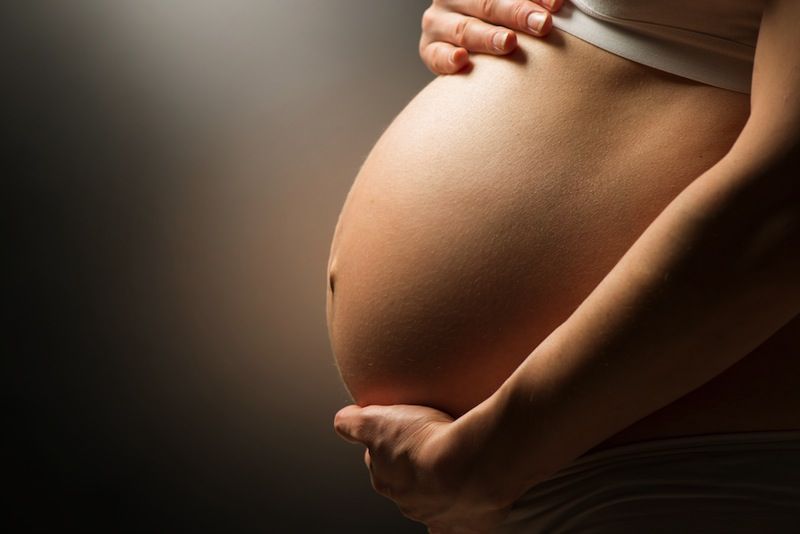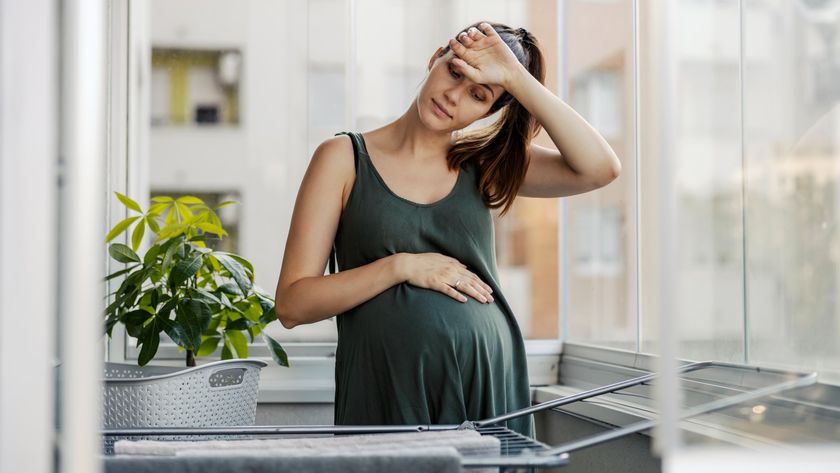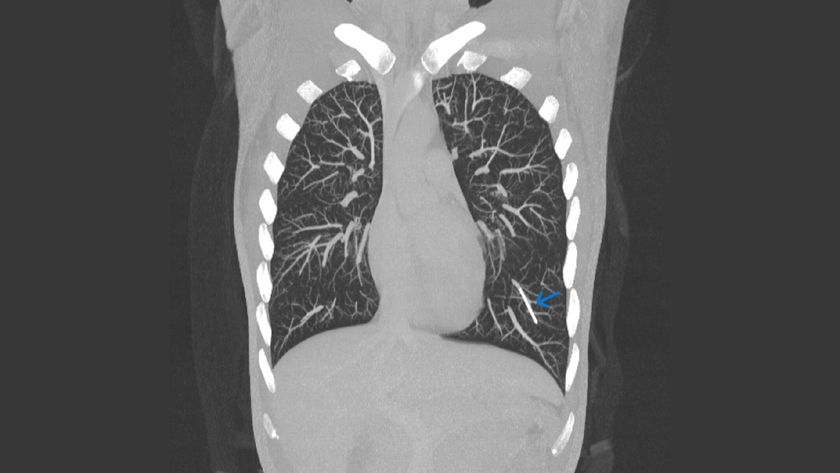Mom's Bacteria During Pregnancy Linked with Preterm Birth

The bacteria in a pregnant woman's body may provide clues to her risk of going into labor early, according to a new study.
Researchers found that the pregnant women in the study with lower levels of bacteria called Lactobacillus in the vagina had an increased risk of preterm labor, compared with women whose vaginal bacterial communities were rich in this type of bacteria.
Moreover, among the women with lower levels of Lactobacillus, a higher abundance of two other bacterial species — Gardnerella and Ureaplasma — was tied to an even more pronounced risk of preterm labor, the investigators found.
If the results are confirmed in other populations of women, then measuring vaginal bacteria could become a useful way to determine who is at risk of preterm labor, said study author Dr. David Relman, a professor at Stanford University in California. "The first possible application is to use high-risk features in the vaginal microbiome as a marker, as a diagnostic tool to identify women early in pregnancy who are destined to have a higher risk of preterm labor," Relman told Live Science.
Births that occur before 37 weeks of pregnancy are considered preterm. About 11 percent of pregnancies worldwide involve preterm labor, the researchers said.
It is not clear whether the differences in vaginal bacteria contribute in any way to causing a woman to go into labor early, the researchers said. It is also possible, for example, that other factors that cause premature birth also cause changes in the vaginal bacterial community, Relman said. [7 Facts Women (And Men) Should Know About the Vagina]
In the study, the researchers examined bacterial communities weekly in 49 women, ages 18 and older, while the women were pregnant and after they gave birth. The researchers examined bacteria from the women's vaginas, gums, stool and saliva. Of all the women in the study, 15 delivered preterm babies.
Sign up for the Live Science daily newsletter now
Get the world’s most fascinating discoveries delivered straight to your inbox.
The investigators also found that the composition of vaginal bacteria in most women in the study changed drastically right at the time of delivery. Specifically, the levels of Lactobacillus decreased after delivery and were replaced by a diverse array of bacteria. This change persisted for up to one year later, according to the study.
When the researchers compared bacterial samples from the vagina to samples from the other body sites, they found that the vaginal bacterial communities became more similar shortly after delivery to the bacterial communities in the gut.
It is not clear how exactly this shift in bacteria occurs, or how it may affect a woman's health, the researchers said. However, it is possible that an altered community of vaginal bacteria after delivery might affect a woman's risk of preterm birth in a subsequent pregnancy, if another conception occurs soon after delivery. However, more research is needed to examine whether this is the case, the researchers said.
The new study was published today (Aug. 17) in the journal Proceedings of the National Academy of Sciences.
Follow Agata Blaszczak-Boxe on Twitter. Follow Live Science @livescience, Facebook& Google+. Originally published on Live Science.

Scientists reveal surprising factor that may prolong pregnancy

'Wandering' contraceptive implant travels to woman's lung in rare case
Most Popular




